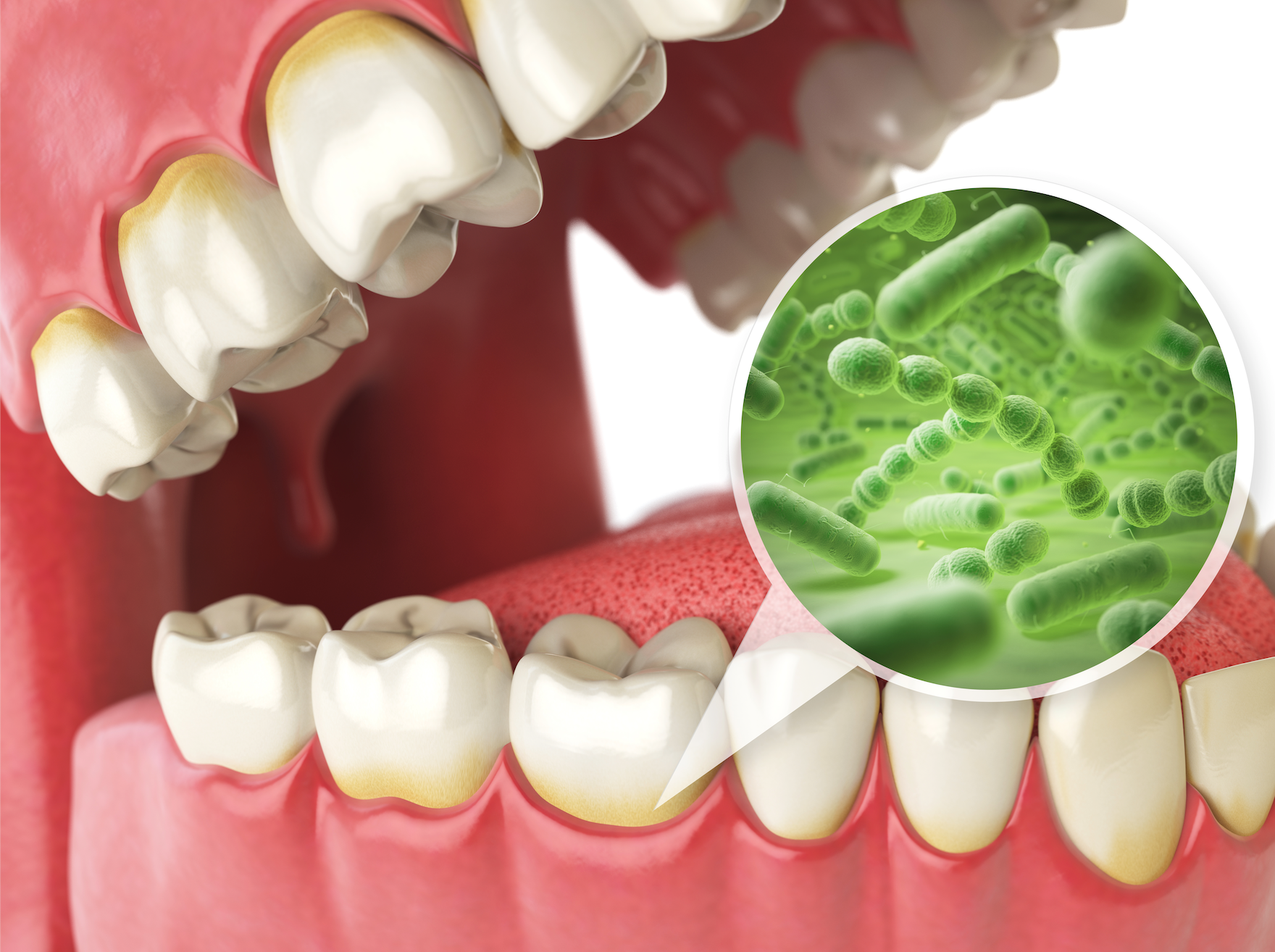
Gum Disease 101: What is Gingivitis and Periodontal Disease
What are Gum Disease and Periodontal Disease?
Gum disease, gingivitis, periodontitis - it’s all quite a mouthful. But what exactly is gum disease, and what’s the difference between gingivitis and periodontitis?
Gum disease is also known as periodontal disease and is an overarching term for inflammation and infection that destroys the tissue that supports the teeth, including gums, ligaments, and bones. This inflammation is caused by bacteria growth in and around the gums surrounding the teeth. Periodontal disease is prevalent; a study from the CDC reports that 47.2% of adults over 30 years old have some form of gum disease. Gum disease appears in a spectrum, from less advanced gum disease, called gingivitis, to severe gum disease called periodontitis.
Health Issues Linked to Gum Disease
Gum disease, gingivitis, and periodontitis are not only oral health issues. Periodontal disease has been linked to more significant health issues, including diabetes, heart disease, and stroke. In addition, gum disease in pregnant women has been linked to low birth weight or premature babies. For these reasons, it’s critical to take proper care of your teeth and gums for more than just a sparkling smile.
Stages of Gum Disease
Gingivitis
The first stage of gum disease is gingivitis. Gingivitis occurs when plaque accumulates along the gum line, causing inflammation. Symptoms of gingivitis include red gums that may bleed when brushed or flossed.
Early to Moderate Gum Disease
In early to moderate stage periodontal disease, plaque hardens and becomes tartar. Along with tartar build-up, the bone beneath the gum line erodes, weakening how the tooth is anchored in the mouth. As the bone supporting the tooth wears away, the tooth may become loosened from the gum, and space may develop between the teeth and gums.
Periodontitis
Periodontitis is the most severe form of gum disease. When periodontitis develops, the gum pulls away from the tooth’s base, and pockets of space form between the gum and the tooth. These pockets allow the tooth to become loose, and in severe cases, periodontitis may even cause tooth loss. In addition, bacteria and debris may collect in these pockets, causing severe inflammation and infection and deepening the pockets.
Signs and Symptoms of Gum Disease
How can you know if you have gingivitis? The most common sign of gum disease is gum inflammation and red, swollen gums that bleed when brushing or flossing. Moderate to severe periodontitis is characterized by persistent bad breath, bleeding gums, swollen and red gums, tooth pain, and unstable or loose teeth, as well as tooth loss.
If you often bleed while brushing, it is imperative to see your dentist, as they will be able to assess your gum health and prescribe treatment to alleviate your symptoms.
How to Prevent and Treat Gum Disease
Early-stage gum disease or gingivitis is often reversible with proper dental hygiene. Brushing and flossing to remove plaque and bacteria is essential to your overall oral health and will keep gum disease from further developing. Your dentist may also recommend a professional cleaning to remove plaque build-up or add a gum restoration treatment to strengthen gum tissue and deep clean the mouth.
For more advanced gum disease and periodontitis, in-depth procedures may be required. For example, your dentist may recommend root scaling and root planing, in which hard-to-remove tartar and build-up is removed from the sides and base of the teeth and gumline. Medications, such as antibiotics, are also a standard treatment for periodontitis. In the form of pills or topicals, these medications will reduce bacteria and effectively shrink the spaces between gums and teeth.
In the most advanced cases, surgery may be required to treat gum disease. The two main types of surgery to treat periodontitis are flap surgery and gum or bone graft surgery. The gum is cut away and lifted from the tooth during gum flap surgery, and bacteria and tartar are removed. After, the tissue is sutured back into place. As a result, the gums will be snug around the tooth when it heals, securely anchoring the tooth in place.
Bone and gum grafting are also standard procedures to treat gum disease. The Bone may be grafted from your bone, a donor, or synthetic bone during a bone graft for gum disease. This bone is then fused to the tooth or anchor bones of the mouth, and gums are sutured back in place. The result is a sturdy, whole tooth anchored securely in the gums. Likewise, with a gum tissue graft, tissue may be grafted from the root of the mouth and fused around the tooth.
The best treatment for gum disease and gingivitis is prevention. Gingivitis can be prevented through proper oral hygiene, regular dental cleanings, and gum restoration treatments.







